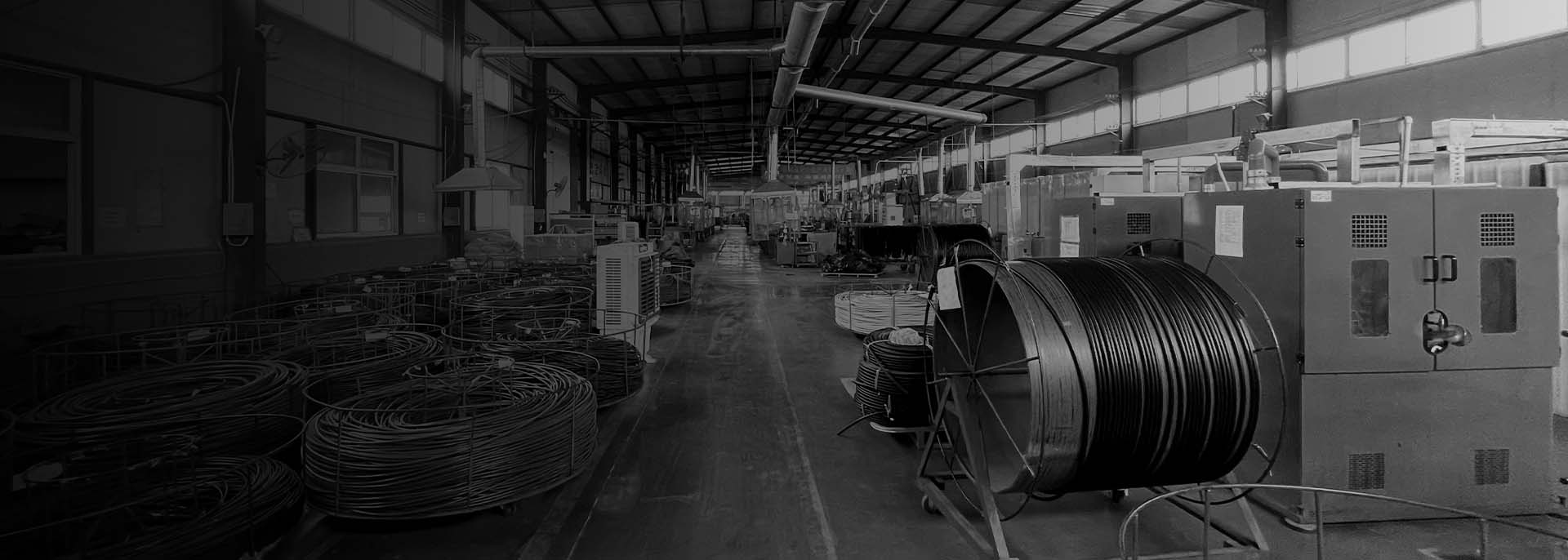Understanding the Importance of 134a Refrigerant Hose in HVAC Systems
Understanding the Importance of R-134a Refrigerant Hoses
In the realm of refrigeration and air conditioning systems, the role of components such as hoses is more critical than one might think. Among these components, R-134a refrigerant hoses are particularly significant due to their role in facilitating the flow of refrigerant within AC systems, particularly those designed for vehicles and domestic appliances. This article will delve into the importance of R-134a refrigerant hoses, their characteristics, and the essential care required to ensure longevity and efficiency.
What is R-134a Refrigerant?
R-134a, or tetrafluoroethane, is a hydrofluorocarbon (HFC) refrigerant commonly used in various chillers and air conditioning systems. Its popularity stems from its efficiency in heat absorption and its relatively low environmental impact compared to older refrigerants like R-12. R-134a operates under a different pressure than older systems, which necessitates specific hose types designed to handle these unique operational conditions.
Characteristics of R-134a Refrigerant Hoses
1. Material Composition Unlike standard rubber hoses, R-134a refrigerant hoses are often constructed from materials such as rubber composites, synthetic rubber, or even reinforced plastics. These materials resist the corrosive effects of refrigerants and can handle high-pressure systems, ensuring that the hose does not degrade over time.
2. Pressure Ratings R-134a systems operate under significant pressure, often ranging between 30 to 350 psi depending on the system's condition and ambient temperatures. Therefore, R-134a hoses are designed to withstand high pressure without rupturing or leaking, contributing to the overall safety and reliability of the HVAC system.
3. Temperature Tolerance R-134a refrigerant hoses must also be able to handle a wide range of temperatures. They should remain flexible in low temperatures while maintaining structural integrity under high-temperature conditions, which are common during system operation.
4. Compatibility Given the molecular structure of R-134a, compatibility between the hose and the refrigerant is crucial. This includes avoiding materials that can cause chemical reactions or permeation that leads to refrigerant loss. This compatibility ensures efficiency and prevents environmental harm that can arise from refrigerant leaks.
134a refrigerant hose

Maintenance and Care of R-134a Refrigerant Hoses
To ensure the longevity and functionality of R-134a refrigerant hoses, regular maintenance and inspection are necessary. Here are a few tips
1. Regular Inspections Periodic checks can identify wear and tear, cracks, or other signs of damage. Notably, areas prone to abrasions or exposure should be monitored closely.
2. Replacement Timing Understanding the typical lifespan of hoses can help in timely replacements before issues occur. R-134a hoses generally last between 5 to 10 years, but this can vary based on usage and environmental conditions.
3. Correct Installation When installing new hoses, it is vital to follow manufacturer specifications to prevent incorrect fitting, which can lead to leaks or system inefficiencies.
4. Avoiding Overstressing During installation and use, it's essential to avoid bending the hoses too sharply or stretching them beyond their capacity, which can cause premature failures.
5. Environmental Factors Protect hoses from exposure to harsh elements such as extreme heat, direct sunlight, or chemicals that can degrade the material. Using protective sleeves or covers can extend the hose's life.
Conclusion
R-134a refrigerant hoses are crucial components in modern HVAC systems, providing safe and efficient transport of refrigerants. With their specialized design characteristics, these hoses play a vital role in ensuring optimal system performance. Awareness of their maintenance needs and understanding their operational limits can significantly enhance the reliability and lifespan of cooling systems, ultimately contributing to energy efficiency and environmental protection. Whether you are a technician or an end-user, appreciating the role of these hoses can lead to better maintenance practices and improved system efficiency. As industries continue to evolve towards more sustainable practices, the significance of such components in refrigeration cannot be overlooked.
-
Ultimate Spiral Protection for Hoses & CablesNewsJun.26,2025
-
The Ultimate Quick-Connect Solutions for Every NeedNewsJun.26,2025
-
SAE J1401 Brake Hose: Reliable Choice for Safe BrakingNewsJun.26,2025
-
Reliable J2064 A/C Hoses for Real-World Cooling NeedsNewsJun.26,2025
-
Heavy-Duty Sewer Jetting Hoses Built to LastNewsJun.26,2025
-
Fix Power Steering Tube Leaks Fast – Durable & Affordable SolutionNewsJun.26,2025

